(ECNS) -- The United Nations Educational, Scientific and Cultural Organization (UNESCO) announced on Saturday the inclusion of the Beijing Central Axis: A Building Ensemble Exhibiting the Ideal Order of the Chinese Capital, into its World Heritage List.
The Beijing Central Axis, which traces its origins to the 13th century and took its shape in the 16th century, is a remarkable urban feature. Stretching 7.8 kilometers from the north to the south of Beijing, it is recognized as the world's longest urban axis.
The 15 key heritage sites on the axis are the Bell and Drum towers, Wanning Bridge, Jingshan Park, Palace Museum, Duanmen Gate, Tiananmen Gate, the Outer Jinshui Bridge, the Imperial Ancestral Temple, the Altar of Land and Grain, Tiananmen Square and its architectural complex, Zhengyang Gate, Road remains in the southern section, the Temple of Heaven, the Altar of the God of Agriculture, and Yongding Gate.
The heritage area covers 589 hectares, with a buffer zone of 4,542 hectares.

The UNESCO World Heritage Committee believes that the central axis embodies traditional Chinese philosophical concepts of "Zhong" (centrality) and "He" (harmony), and made significant contributions to the history of urban planning worldwide.
The organization also highly praised the Chinese government's tremendous efforts and outstanding achievements in protecting and preserving the cultural heritage of the ancient city of Beijing.
China now boasts 59 World Heritage sites.











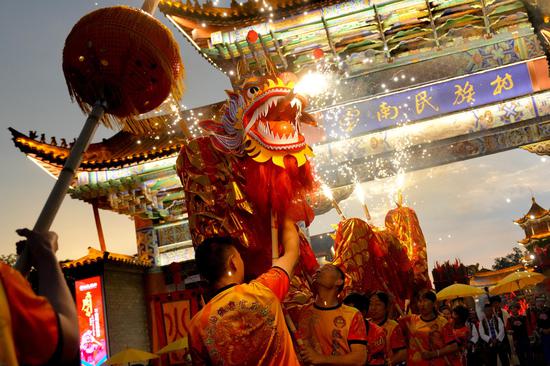
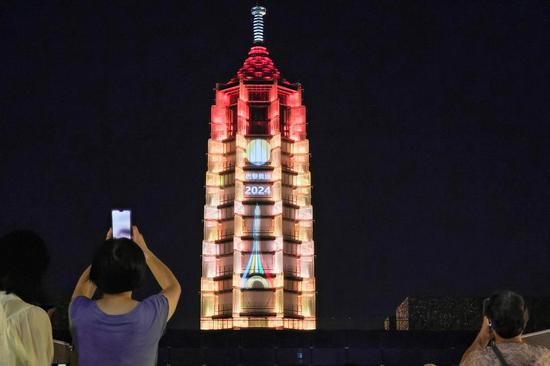










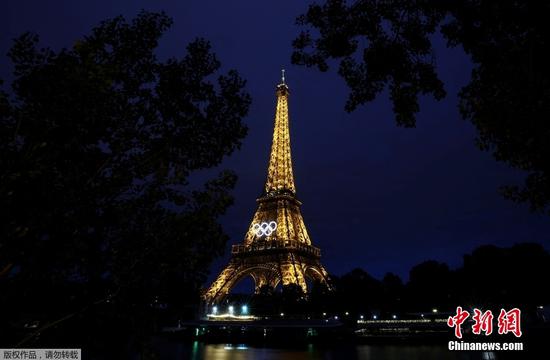








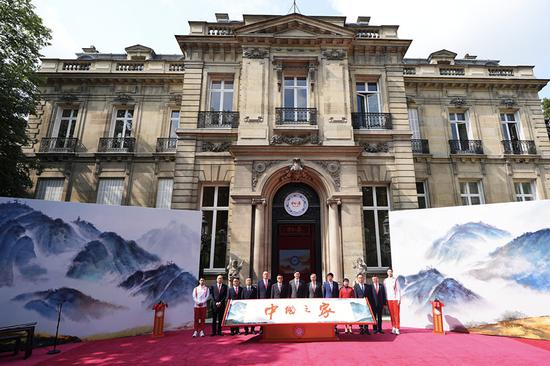




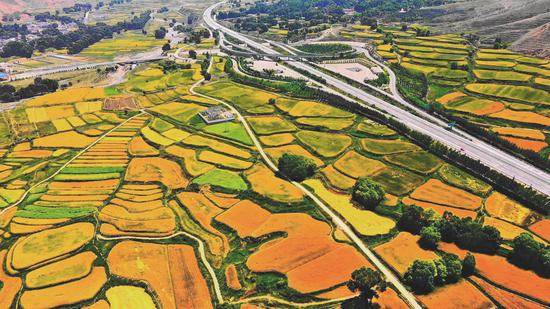







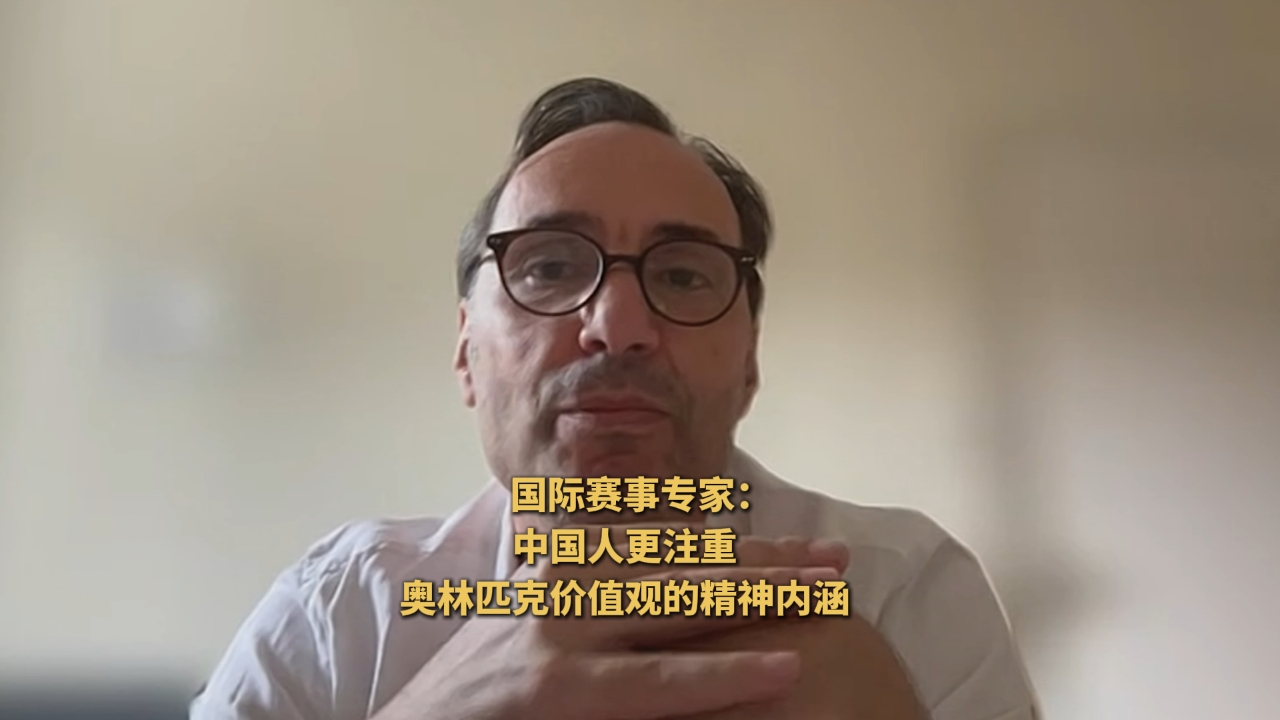

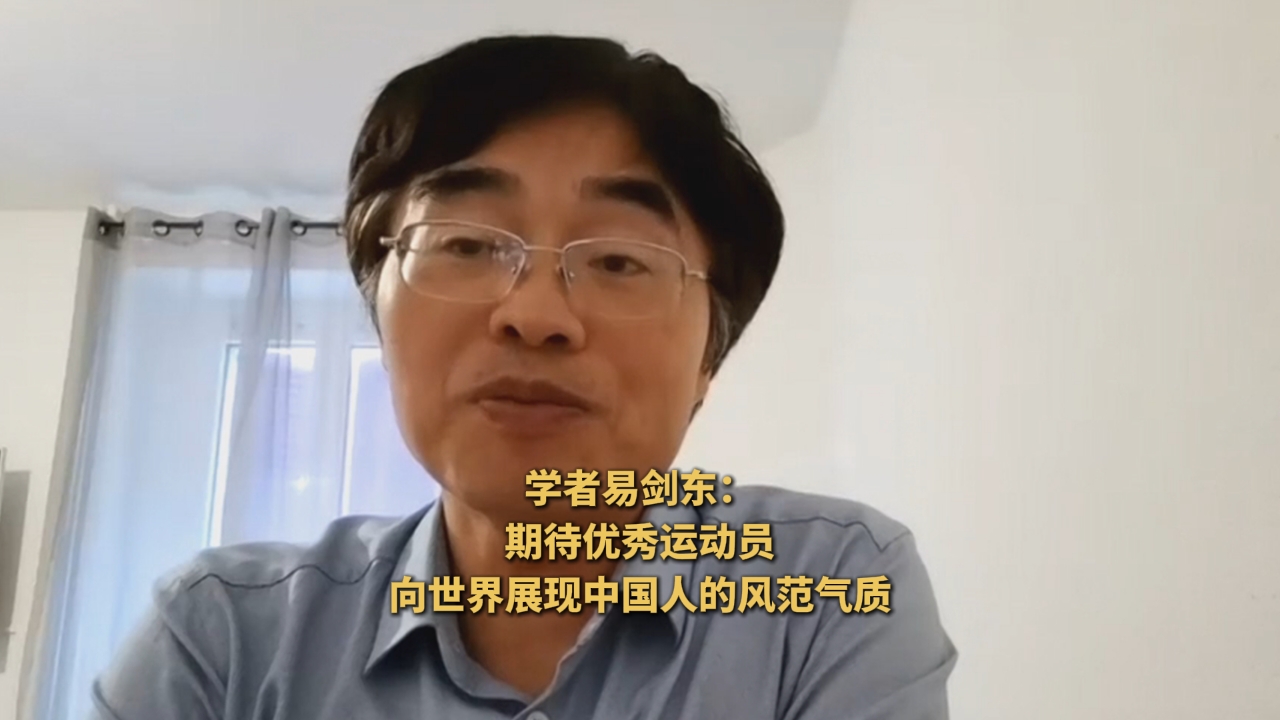

 京公网安备 11010202009201号
京公网安备 11010202009201号